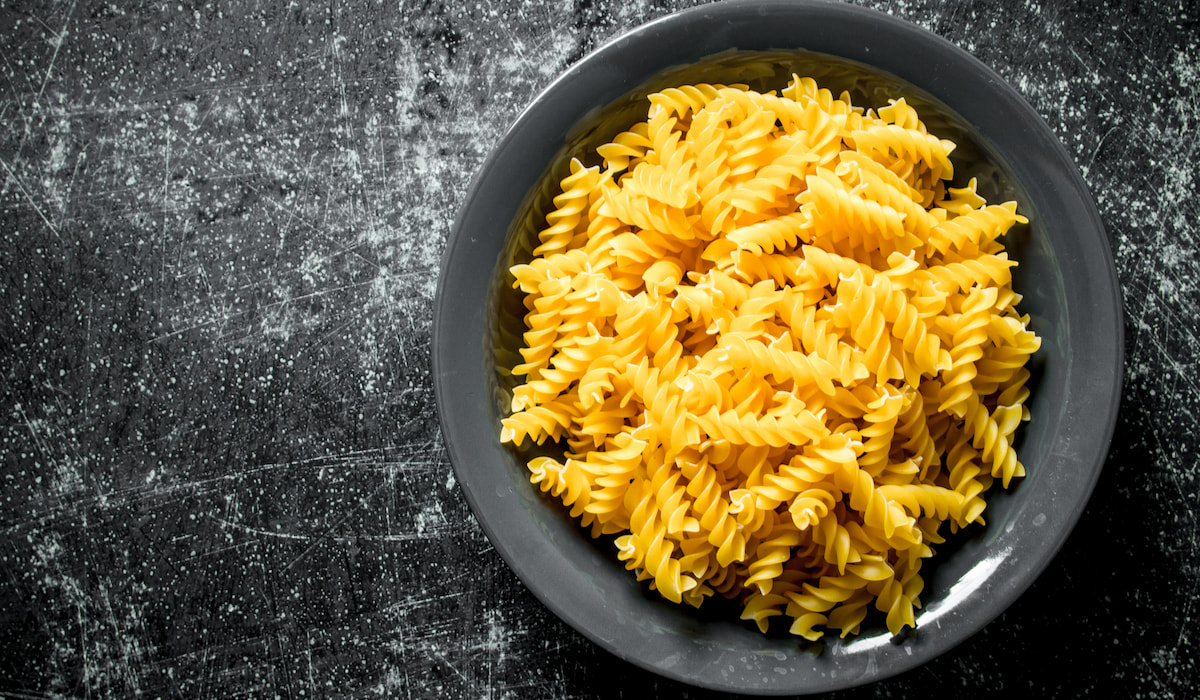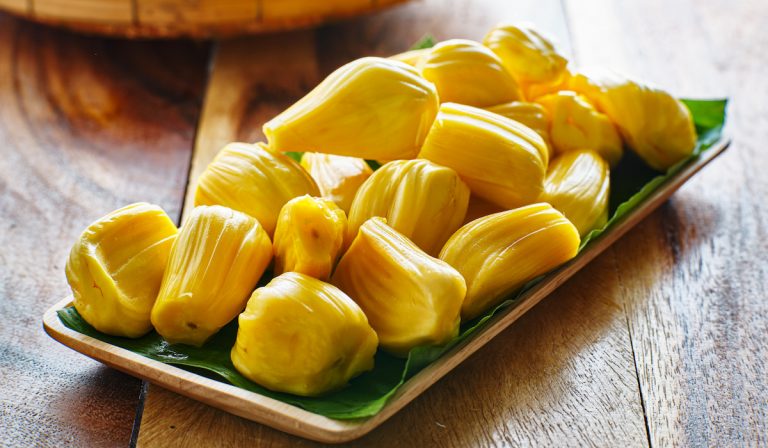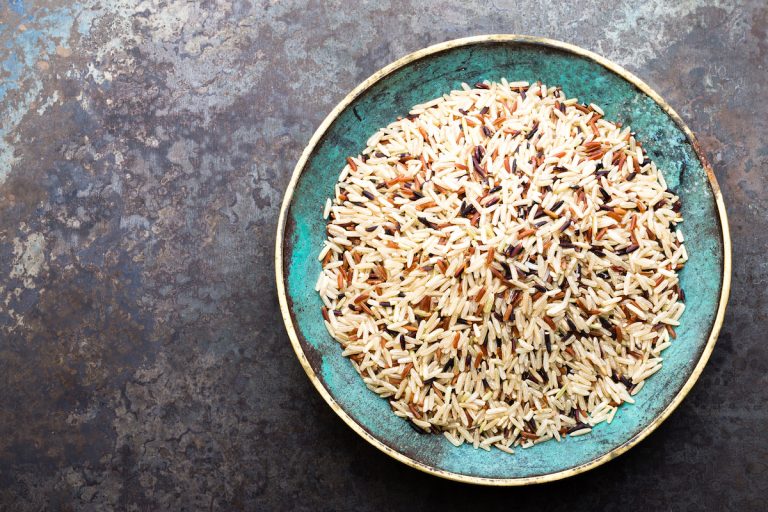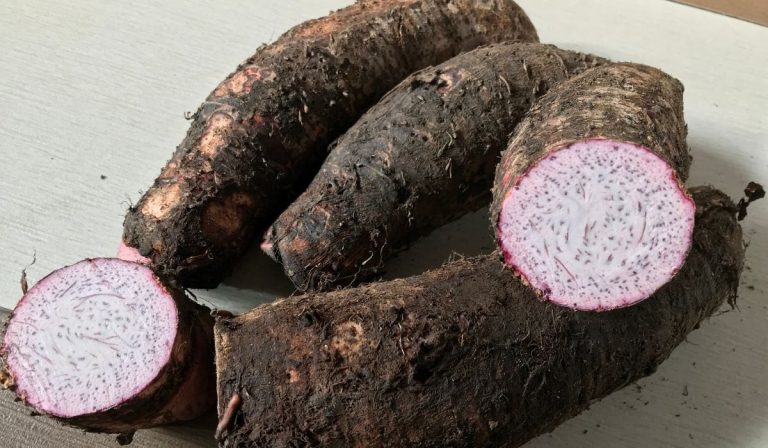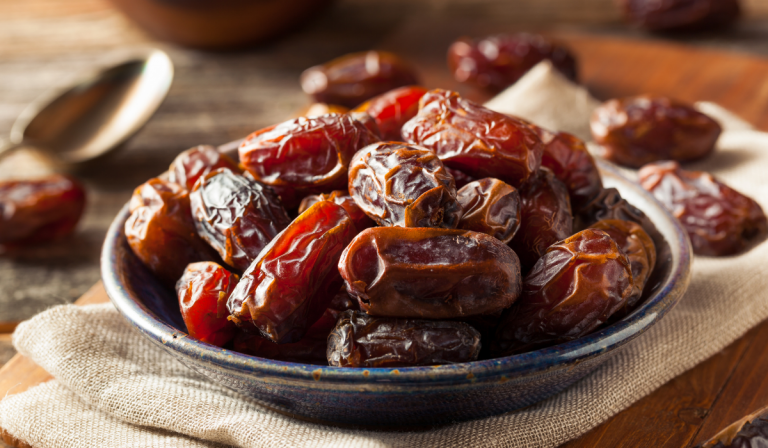Is Banza Pasta Paleo? (Veggies You Need to Add to Your Paleo!)
Ordinarily, pasta is not paleo-friendly because it typically comes from grains, which are not paleo.
But if a pasta comes from a nongrain food item like chickpeas – as is the case with Banza pasta – does it become paleo? Find out below.
Is Banza pasta paleo?
Banza pasta is not paleo because its primary ingredient, chickpea, is not paleo-friendly.
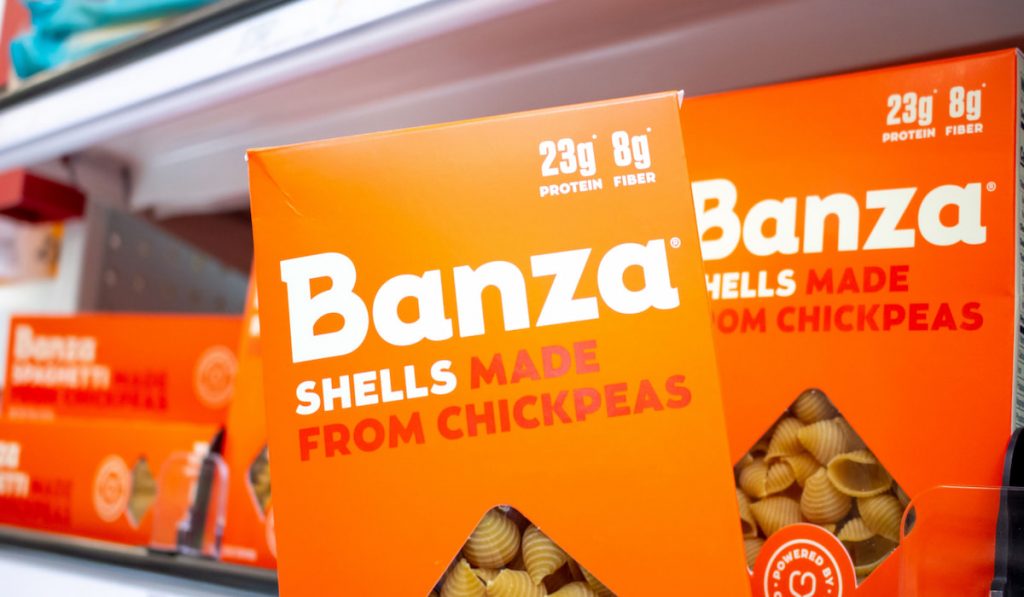
Legumes rarely ever pop up when people discuss unhealthy food items. However, they are not paleo. Besides chickpeas, Banza pasta contains other non-paleo ingredients, including pea starch and xanthan gum. So, by and large, Banza pasta is not paleo.
Below, we discuss the paleo-friendliness of the Banza pasta ingredients. When done reading, you should be able to decide whether Banza pasta is paleo to you or not.
Is Banza Pasta Paleo? Let’s Look at the Ingredients
While it does not come from grains, Banza pasta is not paleo based on its ingredients. Let’s take a closer look at the ingredients.
Chickpeas
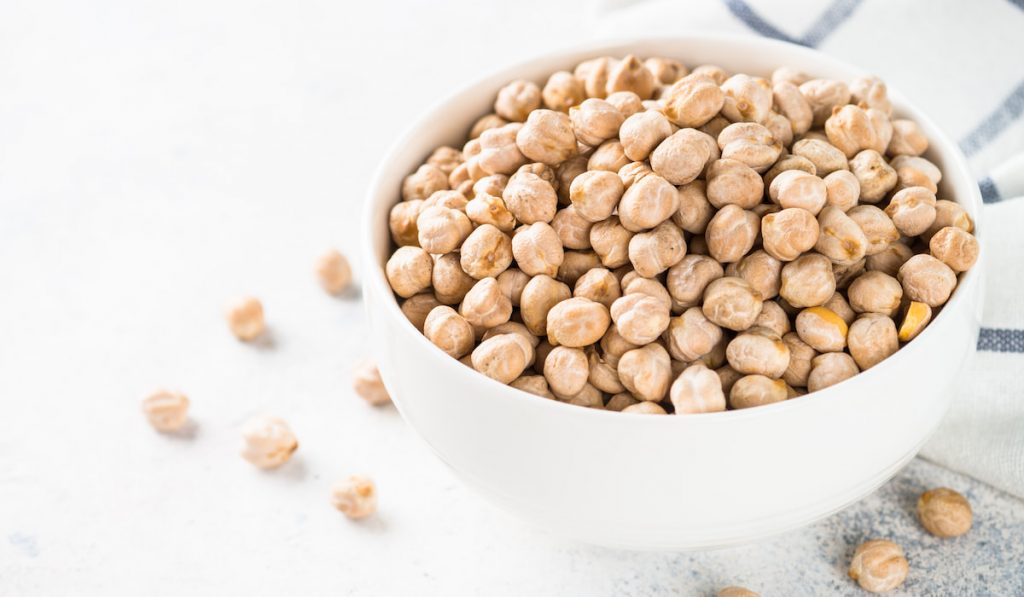
Banza pasta comes from chickpeas, which are a legume. Compared to grains, legumes do not have a reputation for being unhealthy.
So, you could expect legume-based pasta to be paleo. However, things are not quite so.
Legumes are generally not considered paleo because they contain significant amounts of antinutrients.
In small quantities, antinutrients are typically no problem. But in abundant amounts, they prevent the body from absorbing nutrients.
Therefore, since legumes have substantial antinutrients, they can prevent nutrient absorption and are nonpaleo.
In other words, if you eat some lentils or beans, the amount of nutrients your body will absorb from the meal may be less than the amount of nutrients the meal offers.
Phytic acid and lectin are the predominant antinutrients in legumes.
Phytic acid typically binds to minerals like calcium, iron, and zinc, preventing absorption. Lectins also bind similar minerals, keeping them from getting absorbed.
Ordinarily, if you eat legumes in small quantities, you can reduce the number of antinutrients you consume. But then, legumes are staple foods. So, consuming them in significant quantities is almost unavoidable.
Of course, if you consume them in large volumes, you also consume more antinutrients.
Pea Starch
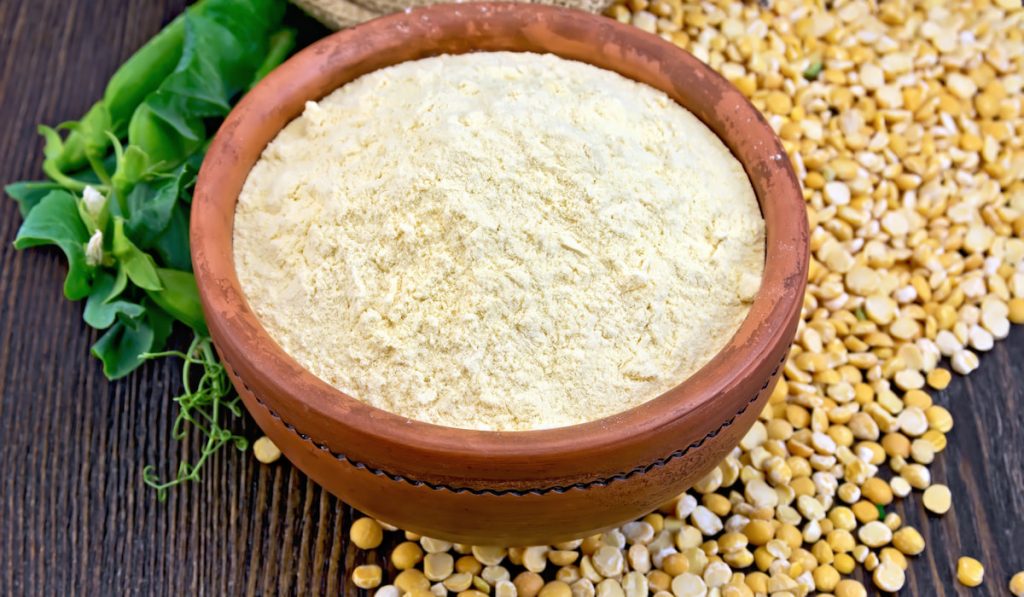
Pea starch comes from peas, which are a legume. So, like chickpeas, pea starch is not paleo.
Xanthan Gum
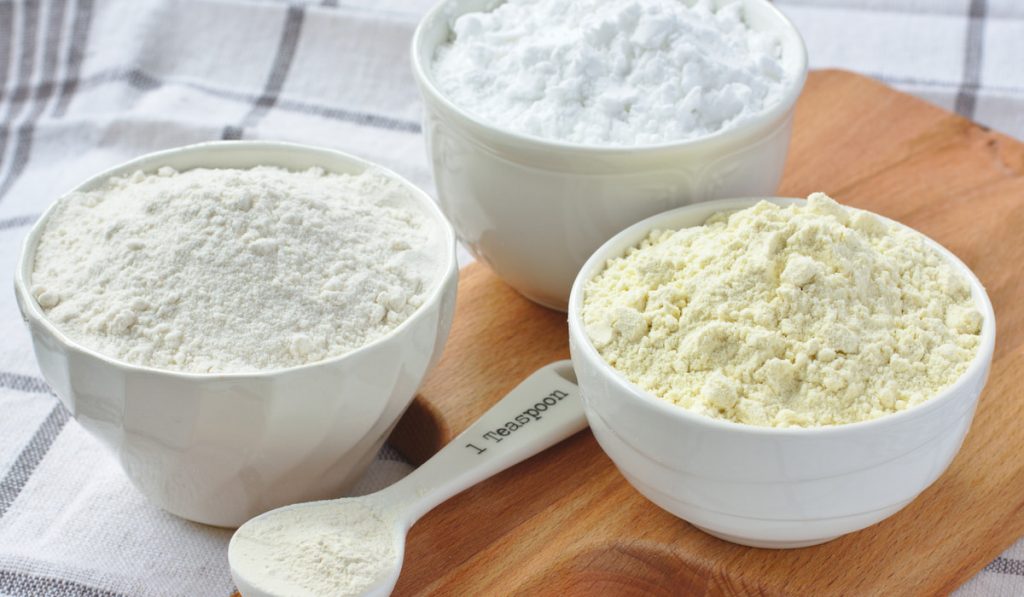
Xanthan gum is not paleo for many reasons.
The thickening agent comes from the fermentation of simple sugars by the bacteria – Xanthomonas campestris. Since simple sugars are generally not considered paleo, xanthan gum is likely not paleo.
Besides its source making it nonpaleo, xanthan gum triggers allergies in some people. Beyond that, it may also cause bloating and diarrhea.
So you had best avoid xanthan gum on a paleo diet.
Tapioca
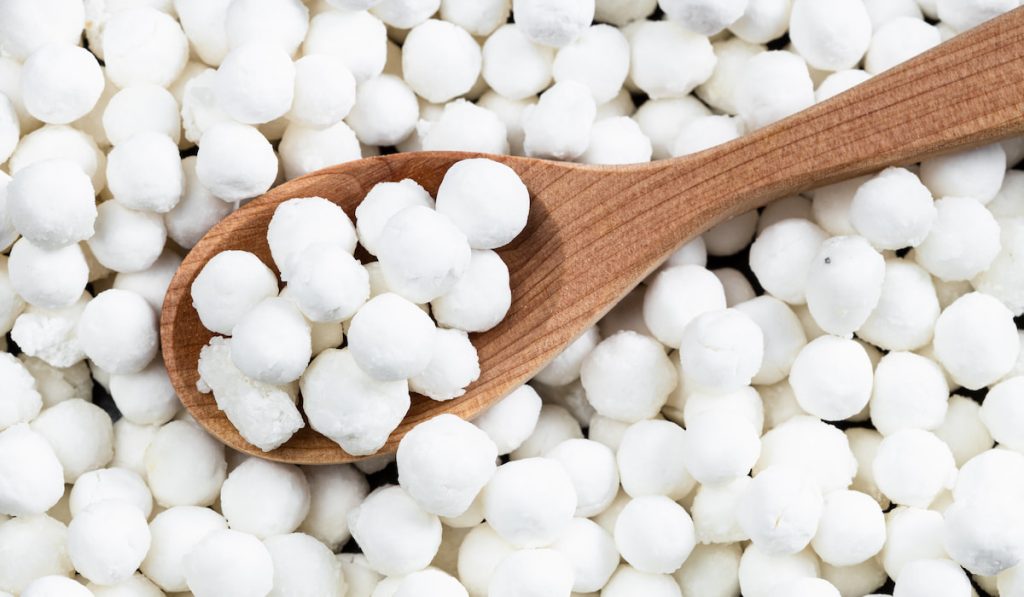
Tapioca is generally thought to be paleo. However, it sometimes falls in the gray area. Tapioca comes from cassava roots, and cassava is paleo, so tapioca is paleo.
However, the paleo-friendliness of tapioca depends on how much of it you consume.
Raw cassava starch has some antinutrients. So, it follows that tapioca will also contain antinutrients.
If used in small quantities, the undesirable effects of tapioca antinutrients in your body would be insignificant. Under such conditions, tapioca would be paleo.
Conversely, the adverse effects of tapioca’s antinutrients would be more significant in larger quantities. Under such conditions, tapioca will not be paleo-friendly.
Besides the antinutrient content, tapioca has a high glycemic index. In small amounts, the glycemic index would not be a problem. But when you consume significant quantities of tapioca, it could become an issue.
All in all, tapioca is paleo-friendly in small amounts. But you should avoid adding large amounts to your paleo diet.
Of all the four ingredients of Banza pasta, only tapioca is somewhat paleo. Therefore, the chances of Banza pasta being paleo are pretty low.
Types of Paleo Pasta
While Banza pasta or any pasta made from chickpeas is not paleo, here are some types of paleo pasta:
Zucchini Noodles
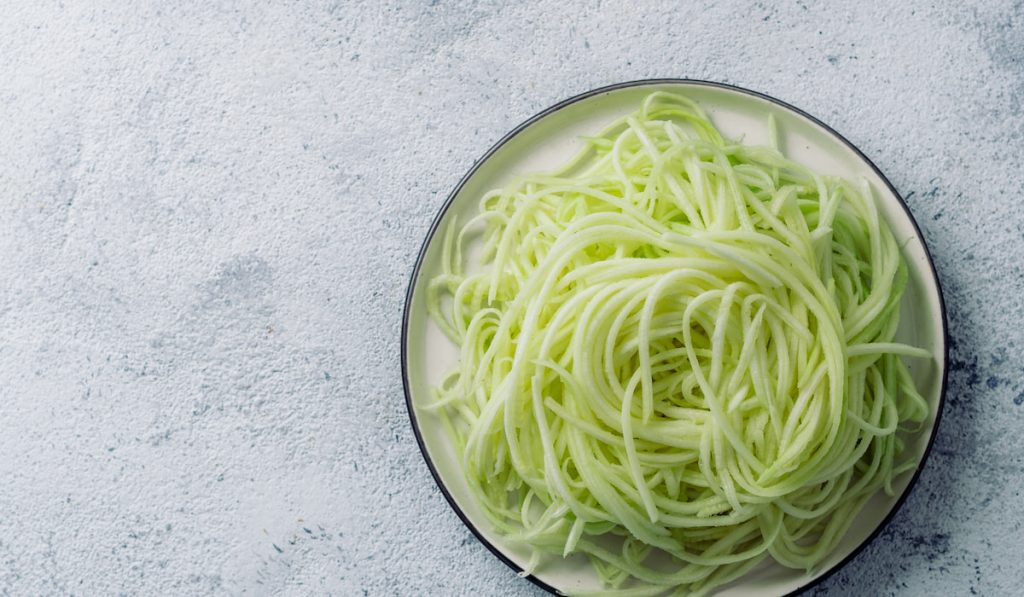
As the name says, zucchini noodles come from zucchinis. And since zucchinis are paleo, zucchini noodles are paleo.
You can make zucchini noodles at home by cutting your zucchini into the desired pasta shape. A potato peeler, food processor, or spiralizer can help with this.
You can eat zucchini noodles raw or parboiled.
Chicken Noodles
Chicken noodles are a product of chickens. Generally, people make them by cutting chicken meat into bite-size pieces or thin strips.
Cucumber Noodles
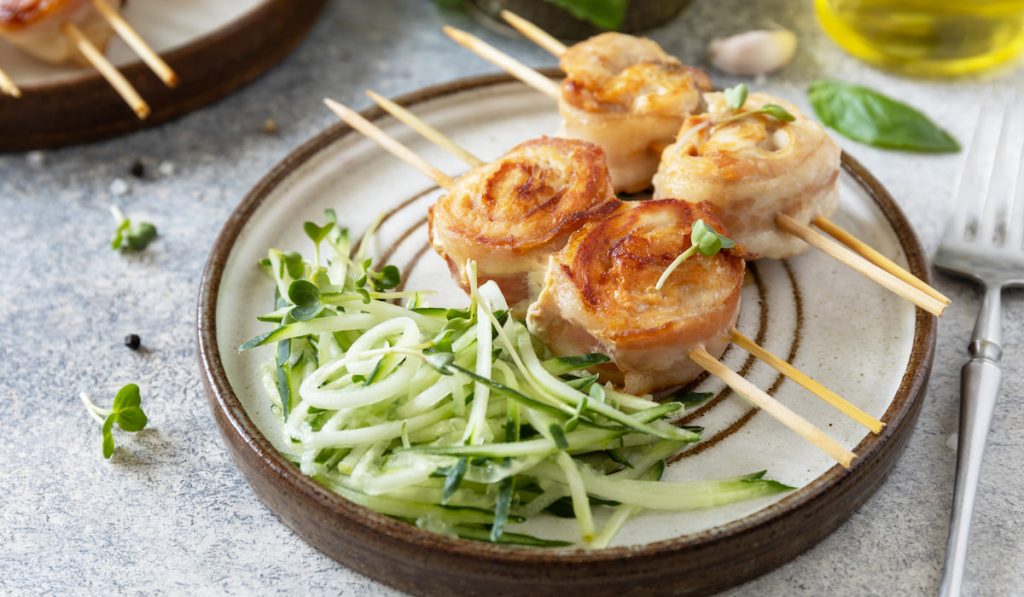
Cucumber noodles come from cucumbers, which are paleo.
You can make yours by cutting cucumbers into a noodle shape using a peeler, spiralizer, or food processor with a shedder.
You can use cucumber noodles in the same way as zucchini noodles.
Shirataki Noodles
Shirataki noodles come from the root of the konjac plant. They are low in calories but have high moisture and fiber content.
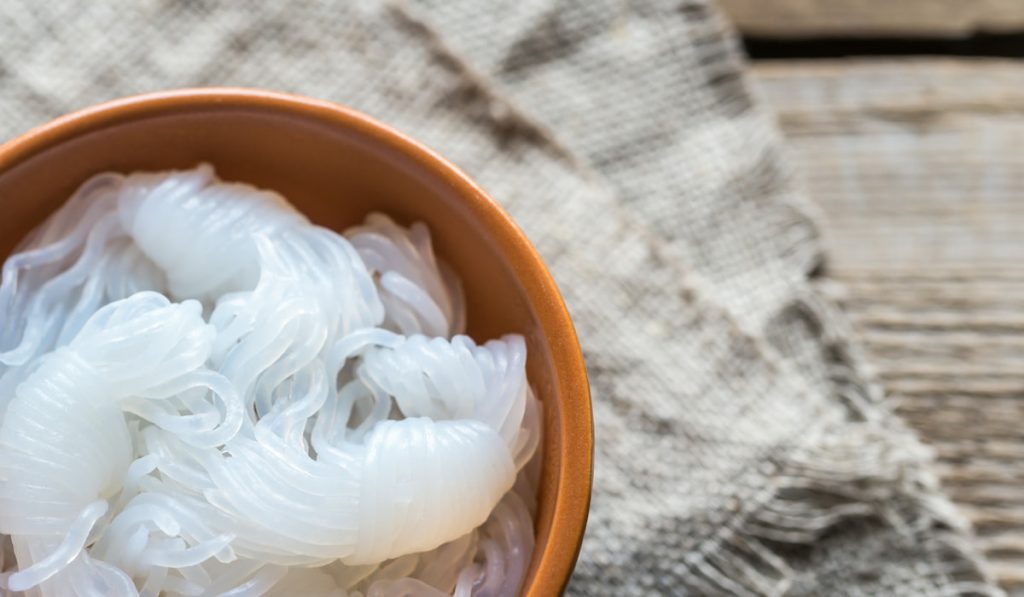
Kelp Noodles
Kelp noodles are a product of seaweed. They are crunchy, low-calorie, and rich in iodine.
Veggies You Need to Add to Your Paleo Diet!
While chickpeas and chickpea products may not be ideal for your paleo diet, the following are some veggies you can add to your paleo diet:
- Arugula
- Asparagus
- Beets
- Bok choy
- Broccoli
- Brussels sprouts
- Cabbage
- Carrots
- Cauliflower
- Celery
- Cucumber
- Kale
- Mushrooms
- Olives
- Onions
- Peppers
- Pickles
- Pumpkin Seeds
- Radish
- Romaine lettuce
- Spinach
- Squash
- Zucchini

Final Take
Since chickpeas, xanthan gum, and pea starch are not paleo-friendly, Banza pasta is not paleo. But if you want paleo-friendly pasta options, you could try zucchini noodles, cucumber noodles, or even chicken noodles.
Resources
- https://paleoleap.com/beans-and-legumes/
- https://www.eatbanza.com/products/banza-chickpea-elbows
- https://foodisgood.com/is-pea-starch-paleo/
- https://www.eatingwell.com/article/290612/the-complete-paleo-diet-food-list-what-to-eat-and-what-to-avoid/
- http://thepaleolist.com/2013/08/27/is-xanthan-gum-paleo/
- https://www.paleoeffect.com/is-xanthan-gum-paleo-friendly/
- https://paleoleap.com/paleo-guide-to-food-additives/
- https://thepaleodiet.com/are-arrowroot-and-tapioca-flours-paleo
- https://www.everydayhealth.com/diet-nutrition/paleo-diet/detailed-paleo-diet-food-list-what-eat-avoid/
- https://paleoflourish.com/types-of-paleo-pasta
- https://www.hsph.harvard.edu/nutritionsource/anti-nutrients/

